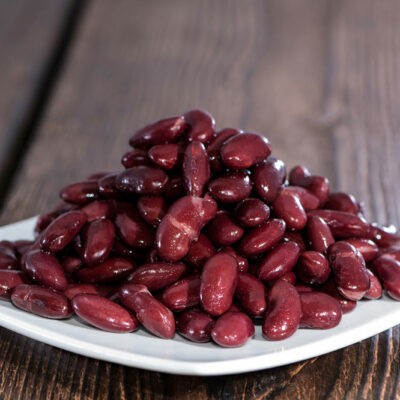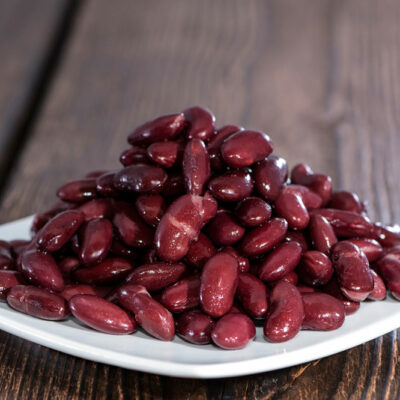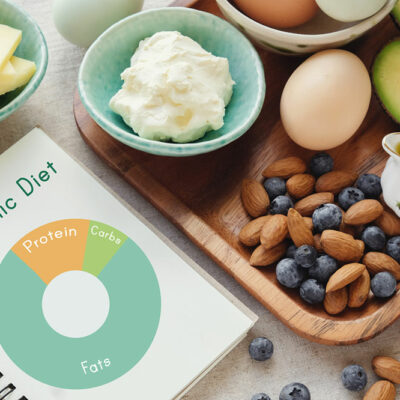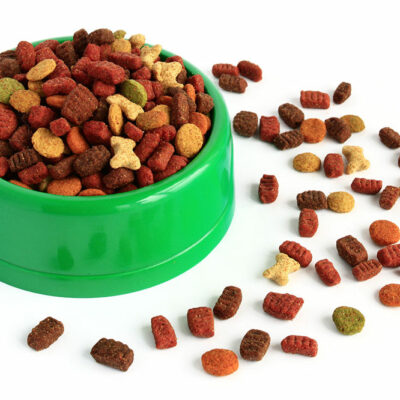
Health
5 Foods to Help Keep ADHD Symptoms at Bay
ADHD or Attention Deficit Hyperactivity Disorder is a type of brain disorder that causes symptoms of extreme impulsivity, fidgetiness, and an inability to pay attention. It is estimated that 4–6% of adults and around 7% of children in the country suffer from it. While medications help in controlling the symptoms, it is vital to also make certain dietary changes. The following are some foods that can help to manage ADHD symptoms. 1. Complex carbohydrates Peaking blood sugar levels can worsen ADHD symptoms. Foods such as fruits, vegetables, whole-grain bread, brown rice, beans, and lentils are a rich source of complex carbohydrates and have a low glycemic value. This helps in countering blood sugar spikes. Complex carbohydrates also help in keeping full for a longer time and encourage better sleep. 2. Fish oil Fish oil from cold-water fatty fishes like salmon, tuna, mackerel, herring, and sardines is rich in omega-3 fatty acids that can effectively manage several aspects of ADHD. Not only are they essential for normal brain function, but they also help in lowering blood sugar levels, thereby reducing symptoms such as hyperactivity. However, every individual can have different omega-3 requirements. Hence, it is recommended to consult a doctor regarding the daily dosage of fish oil.
Read More 















